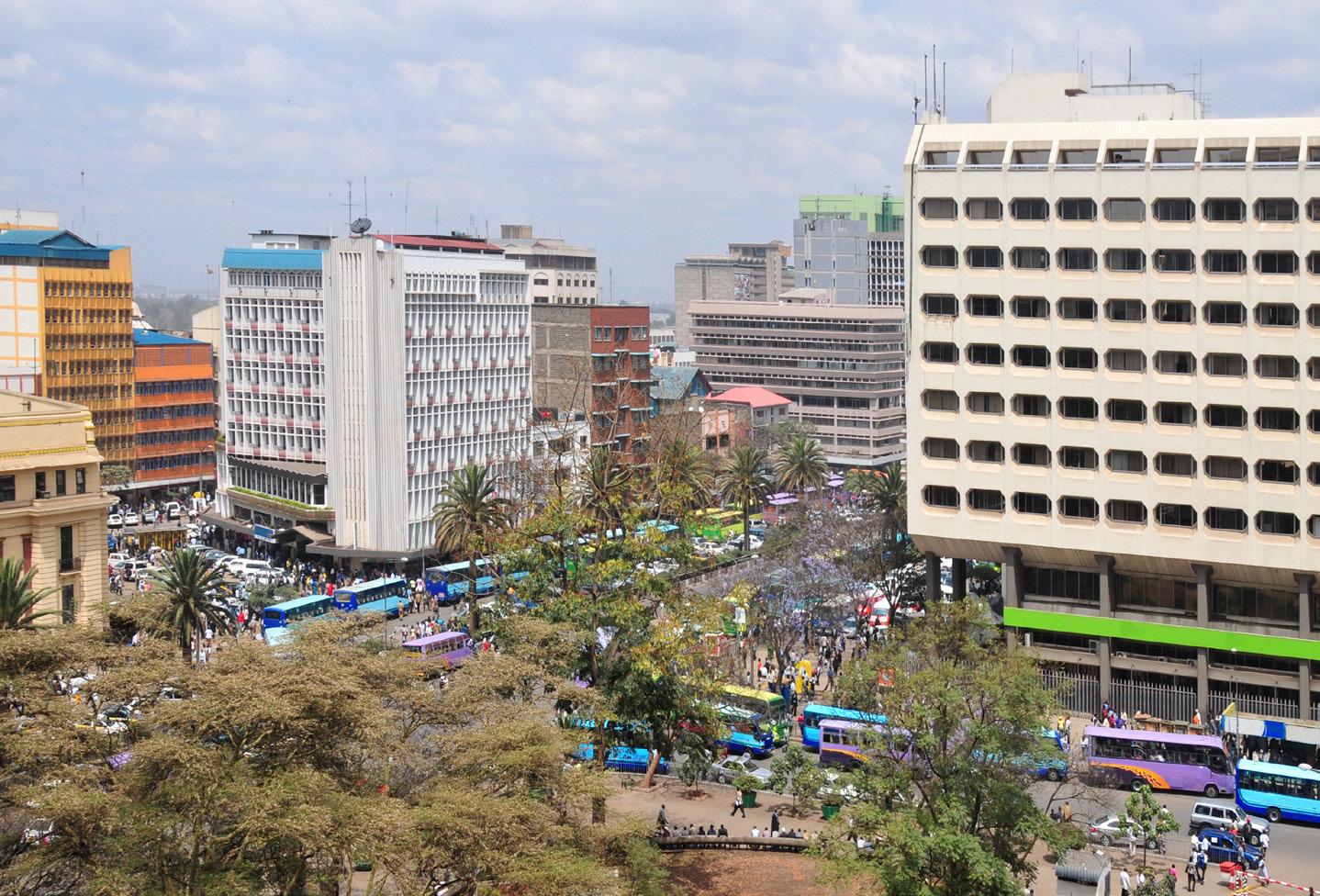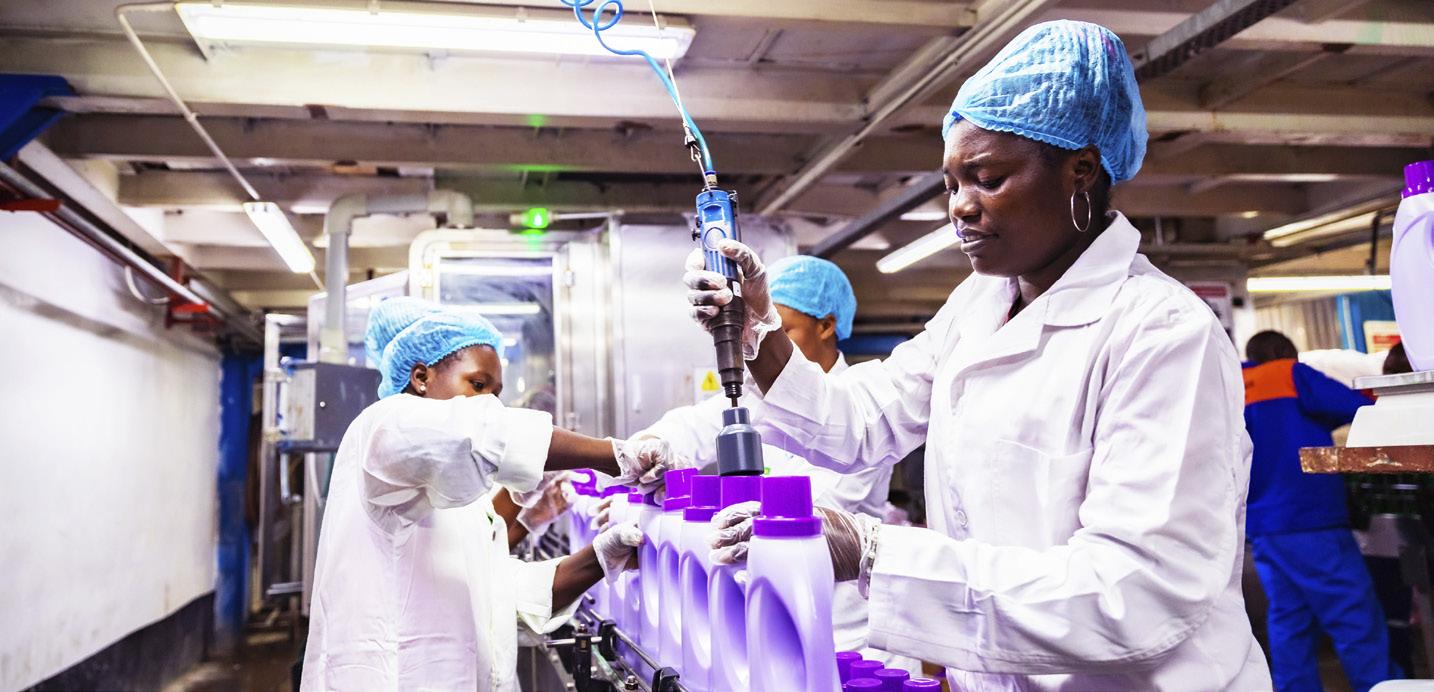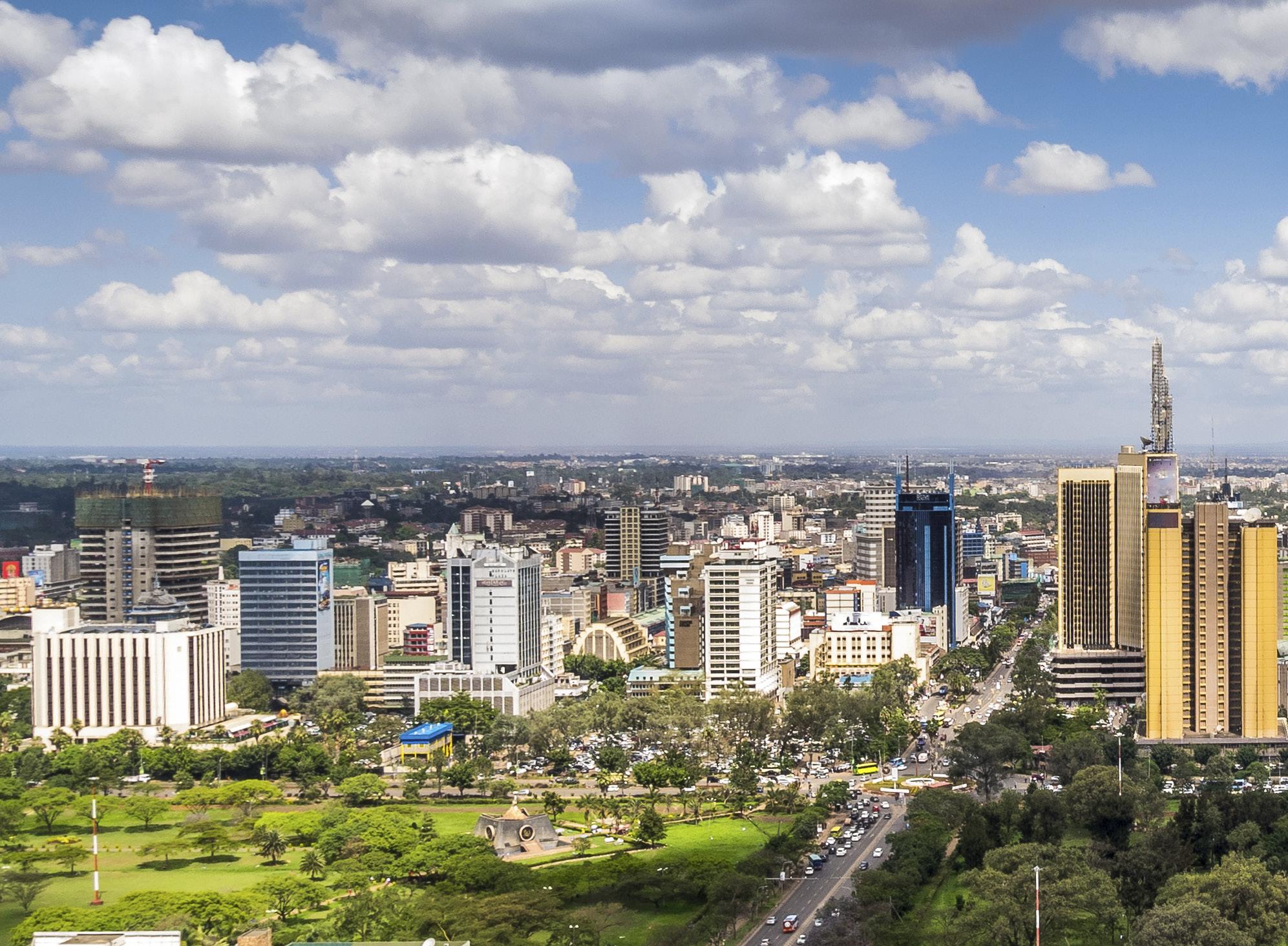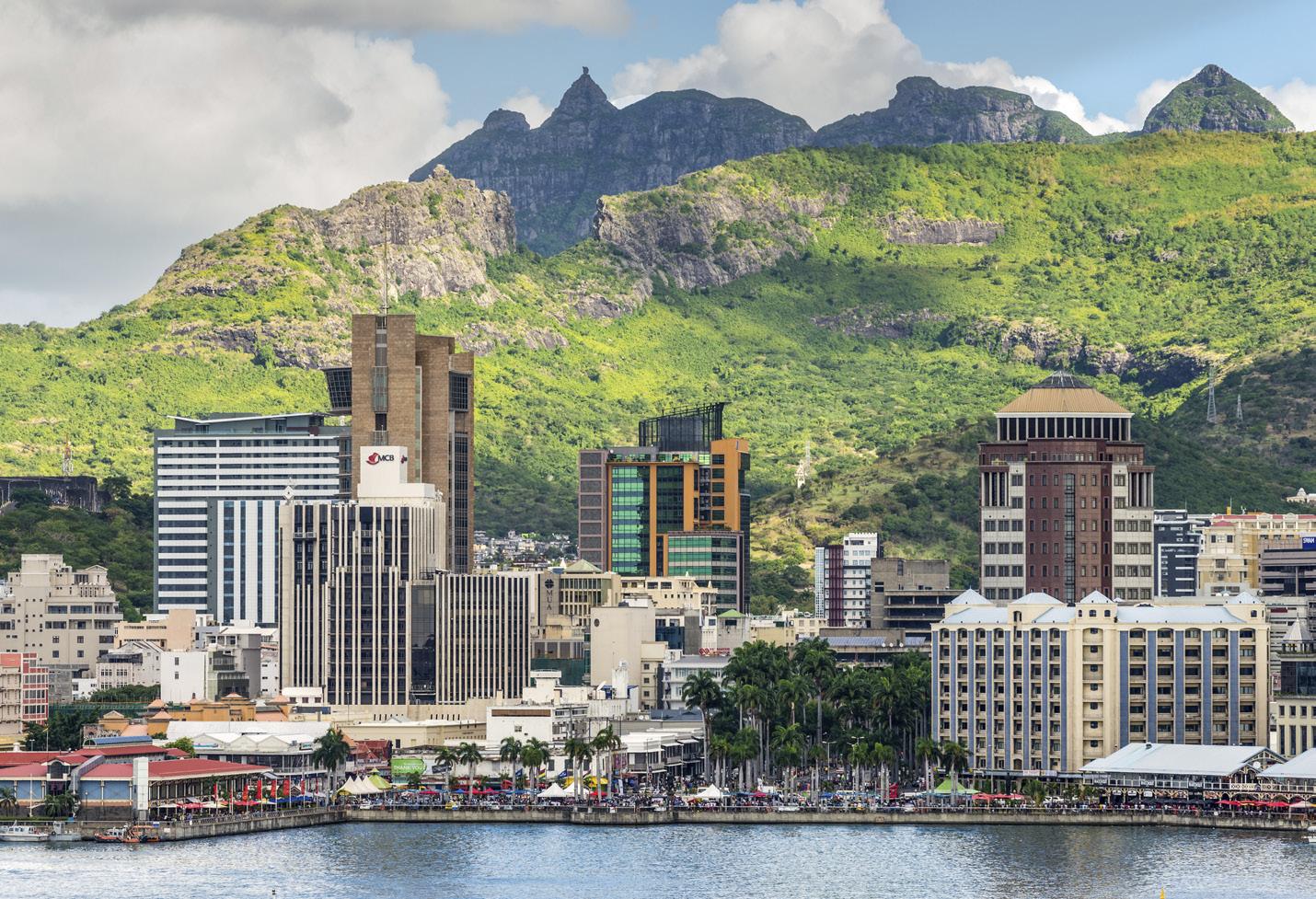OVERVIEW
Energy An ECCAS interconnection project shows the way. SECTOR INSIGHT Wind and solar allow for quick diversification of energy sources.
Credit: Africa Minigrid Developers Association
T
he growth of African cities is happening quickly and many of the trends that will affect Africa in years to come are playing out in cities. One of these is the increasing uptake of small-scale renewable energy options such as rooftop solar. For this to be effective, decentralisation has to be embraced, something which the City of Cape Town in South Africa has gone to court to try to secure. In East Africa, Nairobi and Kigali are taking steps to promote renewable energy within their city limits, either through legislation insisting on new buildings embracing new technology or creating green zones. A reduced building permit fee acts as an incentive for installing renewable technology in Accra. Even countries that are already using renewable energy are looking for more sustainable solutions. Sudan relies heavily on hydropower but this is not always reliable so various solar projects are underway. These include a series of solar farms paid for with a grant from the United Nations Development Programme (UNDP) and a Solar Lab set up in Khartoum with funding from the same source. The lack of diversity in energy generation represents a real risk for African countries and regions. Consulting firm Frost & Sullivan points out that most Sub-Saharan economies generate the bulk of AFRICAN BUSINESS 2021
32
their electricity through three or fewer sources, whereas at least six types of power are used in other economies around the world. Relying on hydropower, as the Central African Power Pool (CAPP) and the bulk of the Southern African Power Pool (excluding South Africa) d o, m a k e s b o t h re gi o n s susceptible to drought and other changes in climate. The East (EAPP) and West African Power Pools ( WAPP) supplement hydropower with natural gas. There is a need to diversify into solar and wind, especially as renewable energy technologies will be costcompetitive with fossil fuel sources by 2030. The Global Wind Energy Council estimates that wind could supply 18GW to the SADC grid by 2030. That amounts to a third of the existing power pool in the region. The fact that such estimates are published is evidence of the ambitions of the promoters of renewable energy. A giant wind project at Lake Turk ana in Kenya will supply 310MW from 365 turbines on 40 000ha.

















